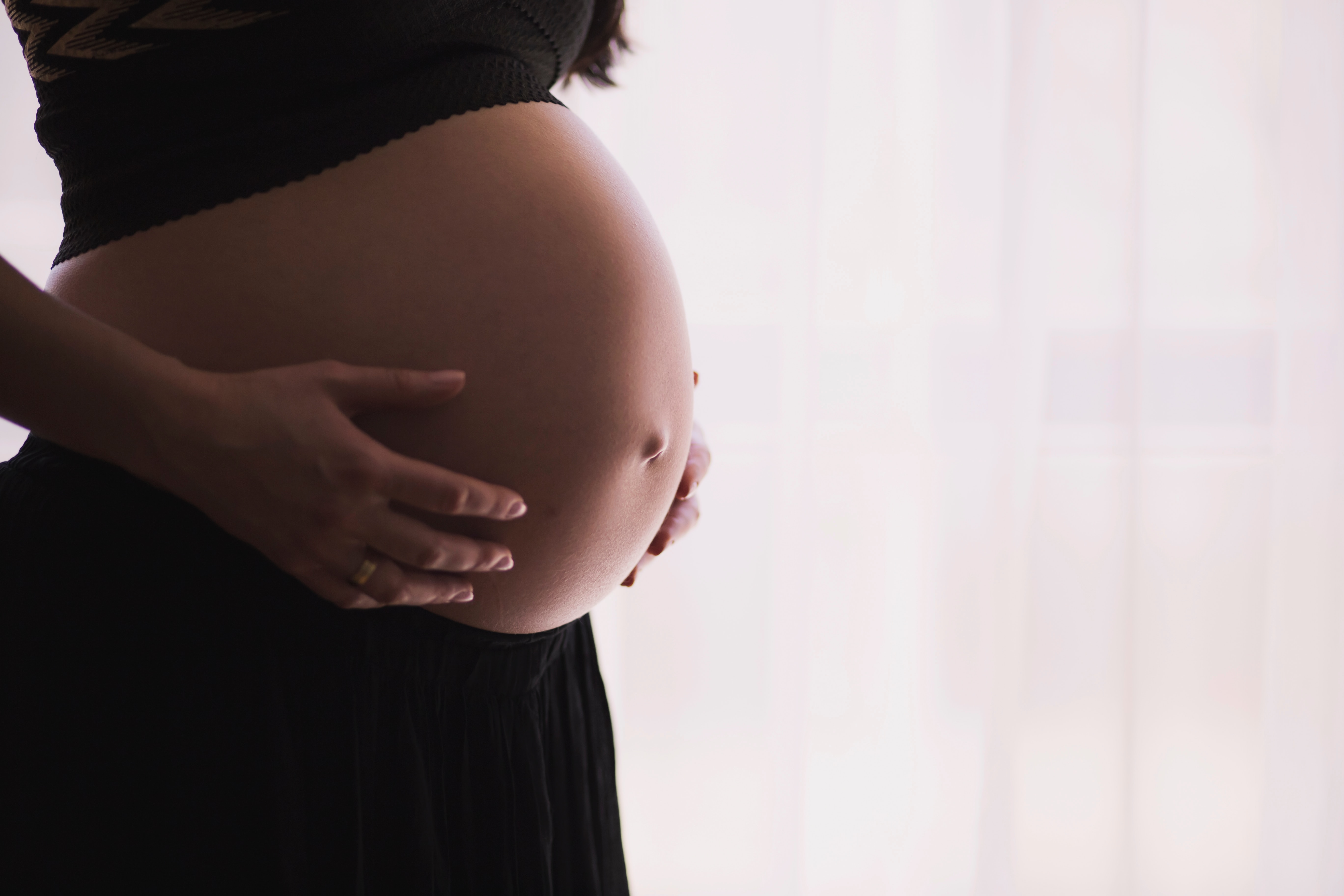If you’ve recently given birth, it’s natural that your body will have changed. But sometimes you need a little help with conditions that affect the strength and flexibility of your body. In this blog, Claire Forrester looks at a condition that affects many new mums during and after pregnancy – diastasis recti – and how osteopathy helps this condition.
Why do pregnant women get diastasis recti?
Diastasis recti happens because of the increased pressure that an enlarging fetus places on the wall of the stomach. It is estimated that 66% to 100% of women experience diastasis recti in their third trimester. Women carrying multiple babies or have a smaller stature may also be more prone to it. Although it usually resolves itself within eight weeks of delivery, about 40% of new mums with diastasis recti still have it by six months postpartum.
What is diastasis recti?
Diastasis recti, also called diastasis rectus abdominis or diastasis, is a condition where the rectus abdominis muscles become separated during pregnancy and remain separated after delivery.
The rectus abdominis muscles are found running vertically along the front of your stomach. When well developed, they become the “six-pack abs.” Each side of the muscle group is divided by the ‘linea alba’, a band of tissue that extends down the middle. As the abdominal muscles are stretched during pregnancy, this tissue grows thinner and pulls apart.
The linea alba is highly elastic, so after you’ve had your baby, it often heals and comes back together like a rubber band. However, when the tissue is overstretched and loses its elastic properties, the gap between the abdominal muscles does not close up again.
An abdominal gap wider than 2 centimetres is considered diastasis recti. Diastasis recti is also measured in finger widths, for example, two or three fingers’ separation.
What are the symptoms of diastasis recti?
If you are affected by diastasis recti, the most obvious symptom is that your belly may appear to be swollen either above or below the belly button. Other symptoms are:
- Softness or jelly-like feeling around your belly button.
- Coning or doming when you contract your ab muscles.
- Difficulty lifting objects, walking or performing everyday tasks.
- Pelvic or hip pain.
- Low back pain.
- Urine leaking when you sneeze or cough.
How does osteopathy help diastasis recti?
Your osteopath will first take a detailed case history. This will cover:
- Pre-pregnancy, pregnancy, birth, post-partum health
- Pelvic floor function such as bowel, bladder dysfunction or uncomfortable sexual intercourse
- Any other symptoms such as lower back or hip pain
Next, your osteopath will examine and assess the function of key areas including:
- The abdominal muscles – these are important in postural control, pelvis stability, trunk movement and breathing.
- The pelvis and pelvic floor – the structure and function of the pelvic floor has a significant part to play in supporting the baby and pelvic organs during pregnancy.
- Respiratory diaphragm – there is a strong connection between the respiratory and pelvic diaphragms. During normal breathing responses such as laughing, coughing or sneezing, the pelvic diaphragm will move to mirror the change in the respiratory diaphragm. Imbalance or dysfunction between the diaphragm and pelvic floor can lead to instability of the core, back pain, and incontinence.
Your osteopath at the Form Practice will use several techniques to help you resolve this condition.
- Core strengthening: As your abdominal muscles are stretched further and further, they become less effective in providing core stability. Osteopathy works by narrowing the separation that occurs in the rectus abdominis, through strengthening your stomach muscles. Your osteopath will also focus on strengthening the lower back, hip, and diaphragm muscles, which support your stomach.
- Exercise guidance: To lessen the strain on your abdominal muscles, your osteopath will advise you on which activities to avoid and help you work out strategies that help you instead.
- Pelvis realignment so that your muscles are able to work together properly, sometimes this alone is enough to enable a Diastasis Recti to close
- Breathing retraining, diaphragmatic breathing is key to recovery
- Release restrictions in the spine to support good posture, if your thoracic spine doesn’t move, neither can your ribs and your diaphragm which places extra pressure on the abdominal wall or in to the vagina
- Use our INDIBA radiofrequency device along with exercises to promote collagen and fibroblasts
Women’s Health at our Cambridgeshire clinic
Claire takes a holistic approach to women’s health, here at our Hardwick clinic. As an osteopath, she works with many women at all stages of life, and has a Mummy MOT qualification.

